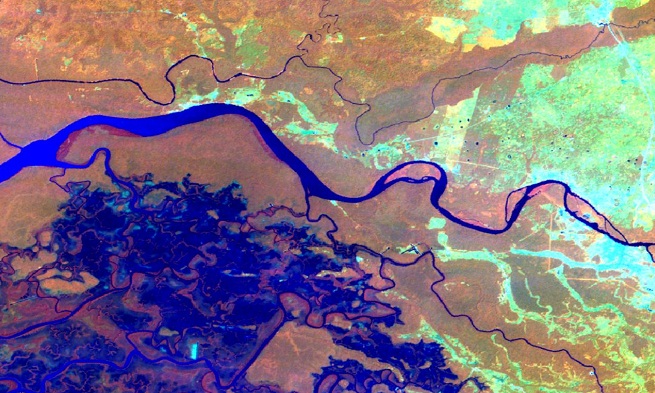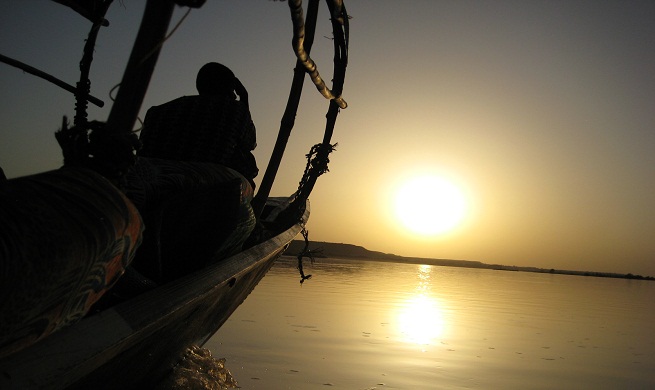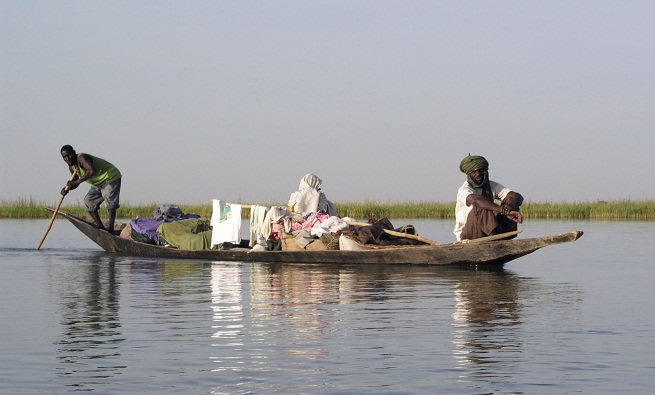
The mighty Niger River is a source of food and water for five West African countries. For the more than 20 African tribes that depend on it, the Niger is a vital source of life. For hundreds of years the tribes used the river at various points in its course. At the beginning of the 20th century some explorers managed to follow the course of the river northeast through the lush tropical forests of Guinea to the land of Timbuktu .
From here they found that the river snaked around vast areas of savanna and that arid dunes of the south of the Sahara formed. Geographers at the time speculated whether it was a tributary of the Nile , or even the Congo River. After several attempts, in 1834, they were able to follow the river until they reached the exit to the sea. 
It was now possible to correctly trace the route of the river and subsequently open it for use by foreign merchants . From that moment, Niger began to acquire great international importance. In 1878, four British companies operated on the river. River traffic has contributed to the development of a timber industry , as well as palm oil and rubber plantations in Nigeria. 
It also allowed the easy and cheap exit for other exportable products, as well as the importation of various products. The way of life for the inhabitants of the country changed forever. During the rainy season, the highlands of Guinea feed it. Little by little the waters are rising to the plains of Mali .
